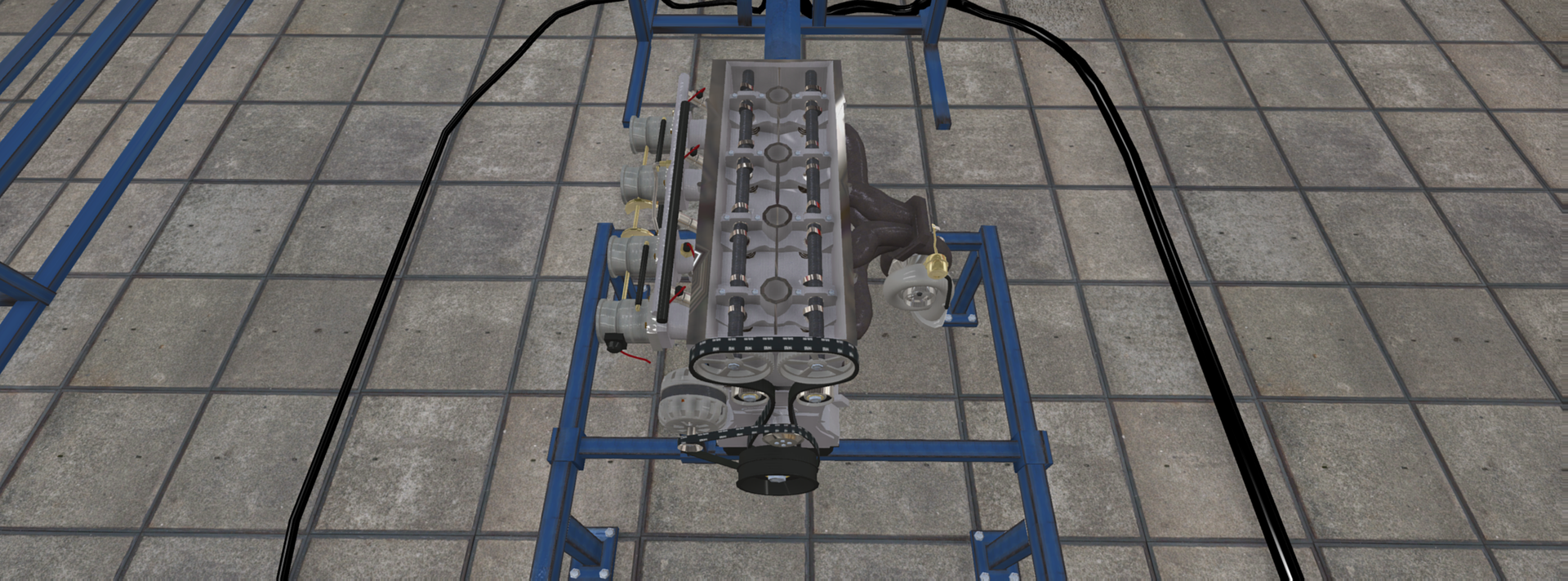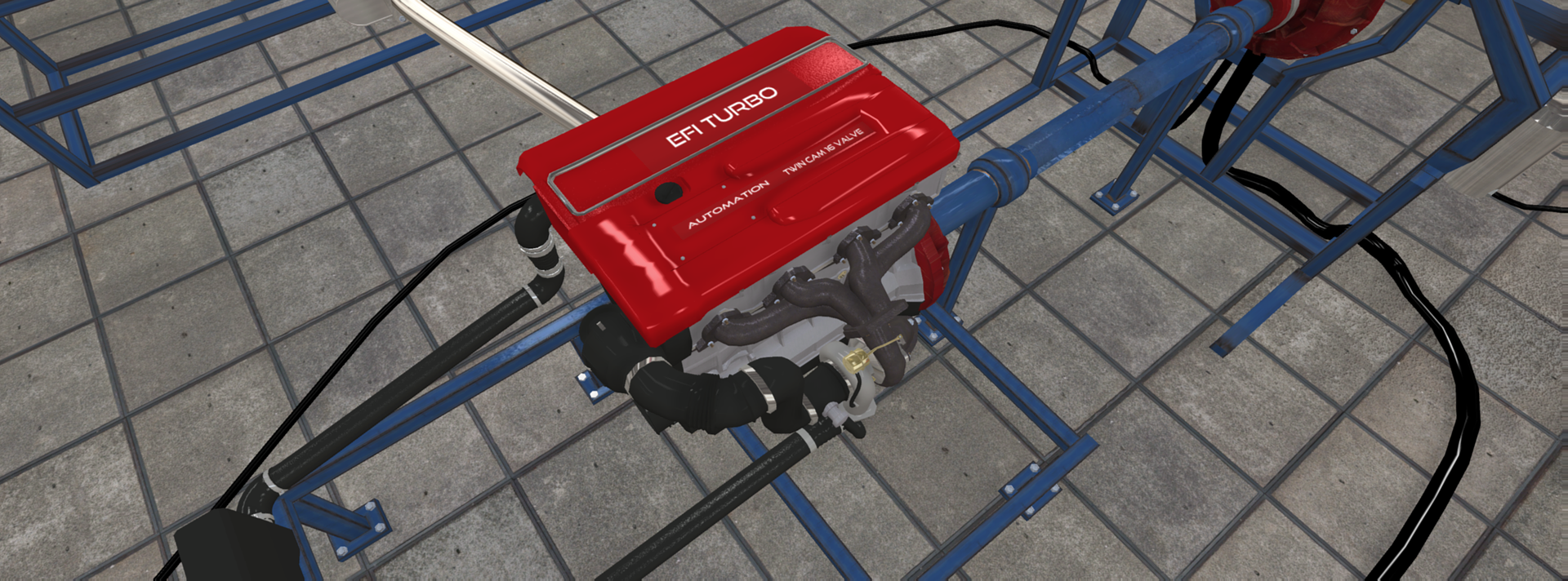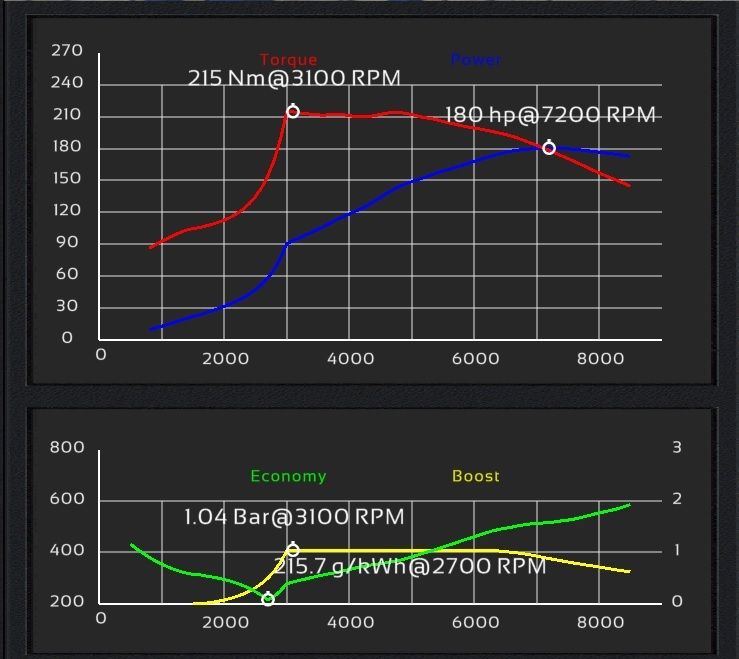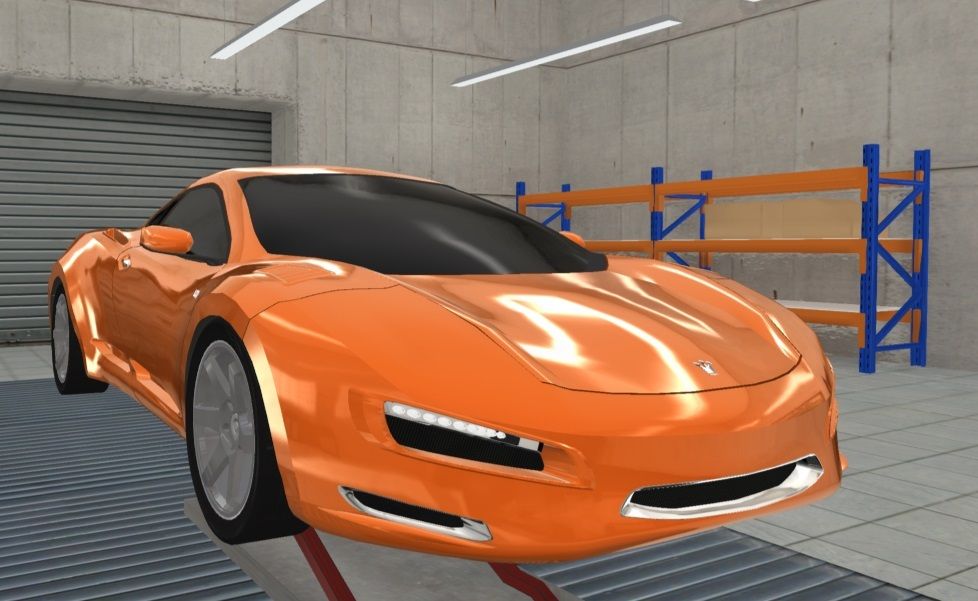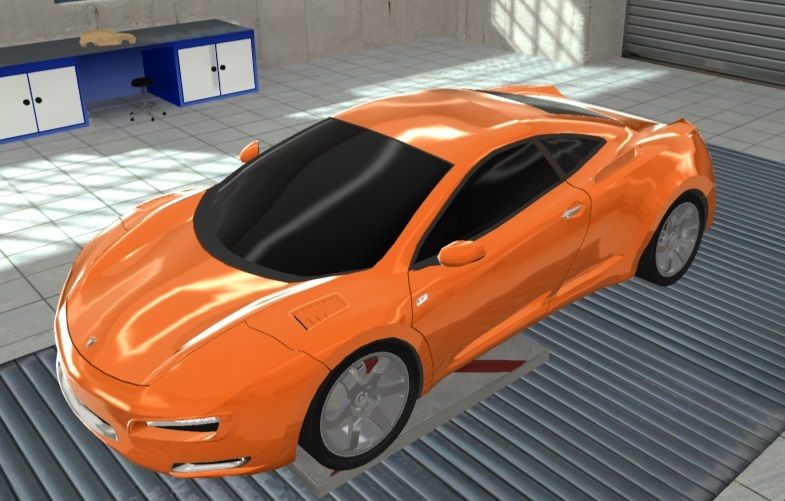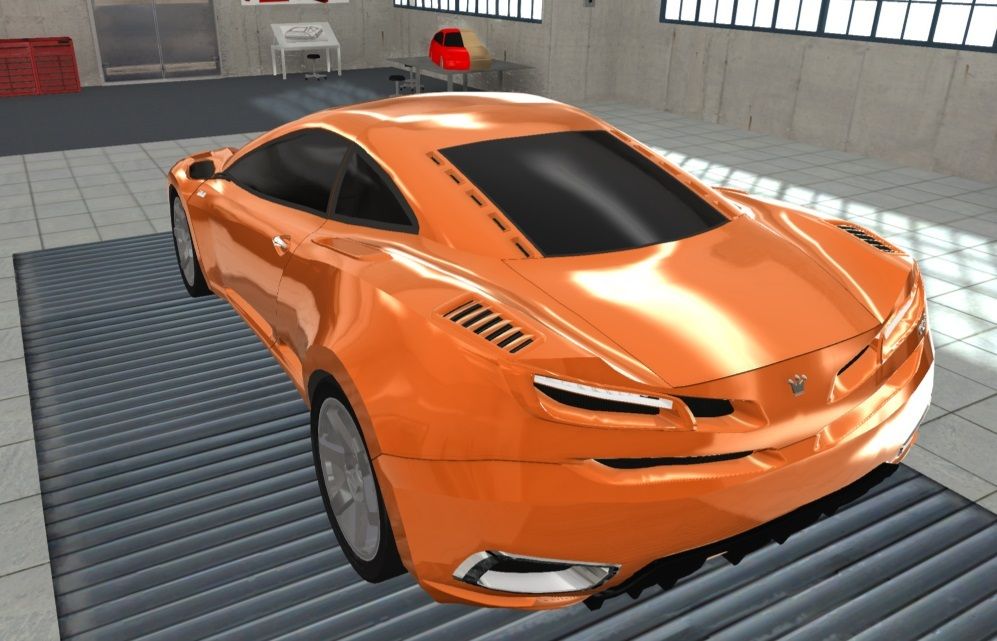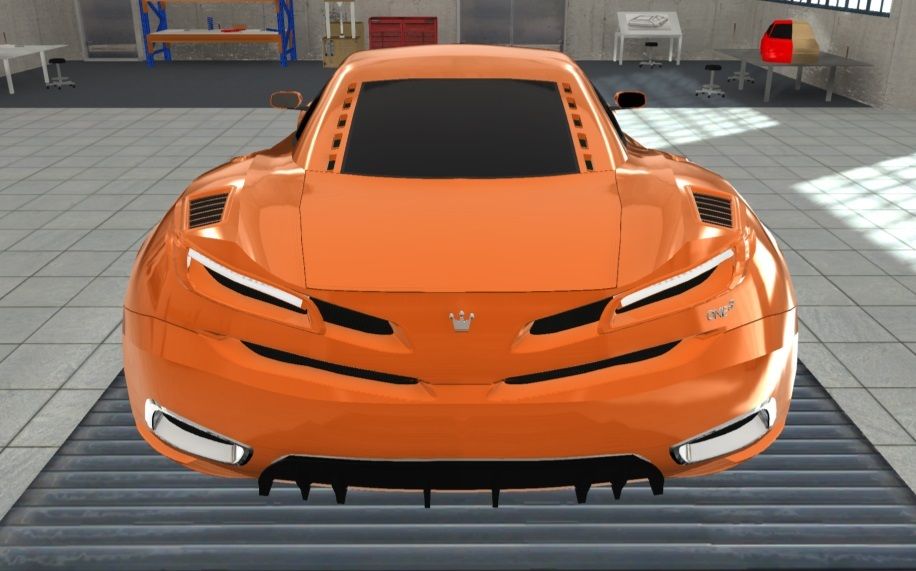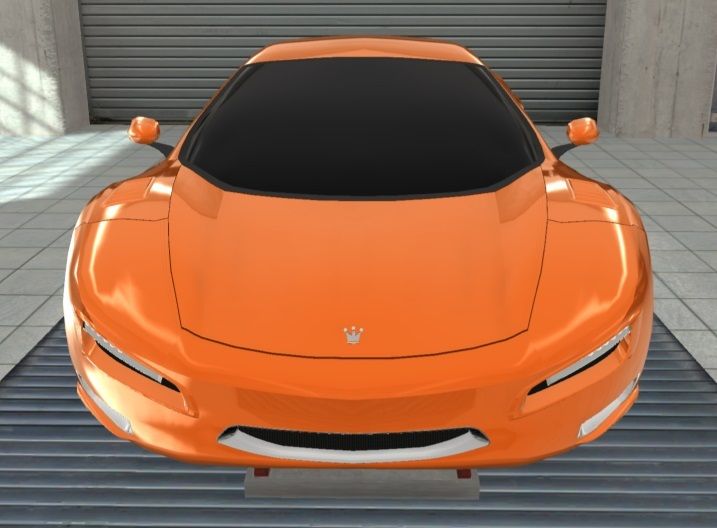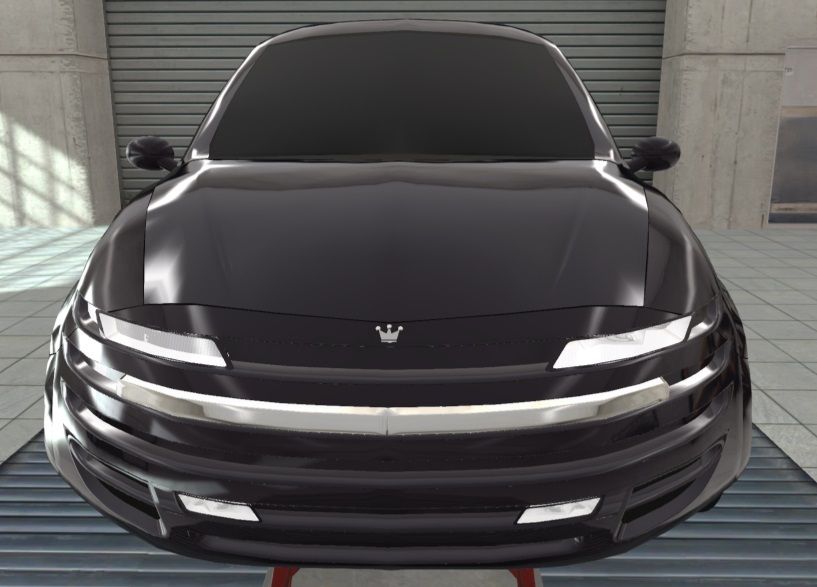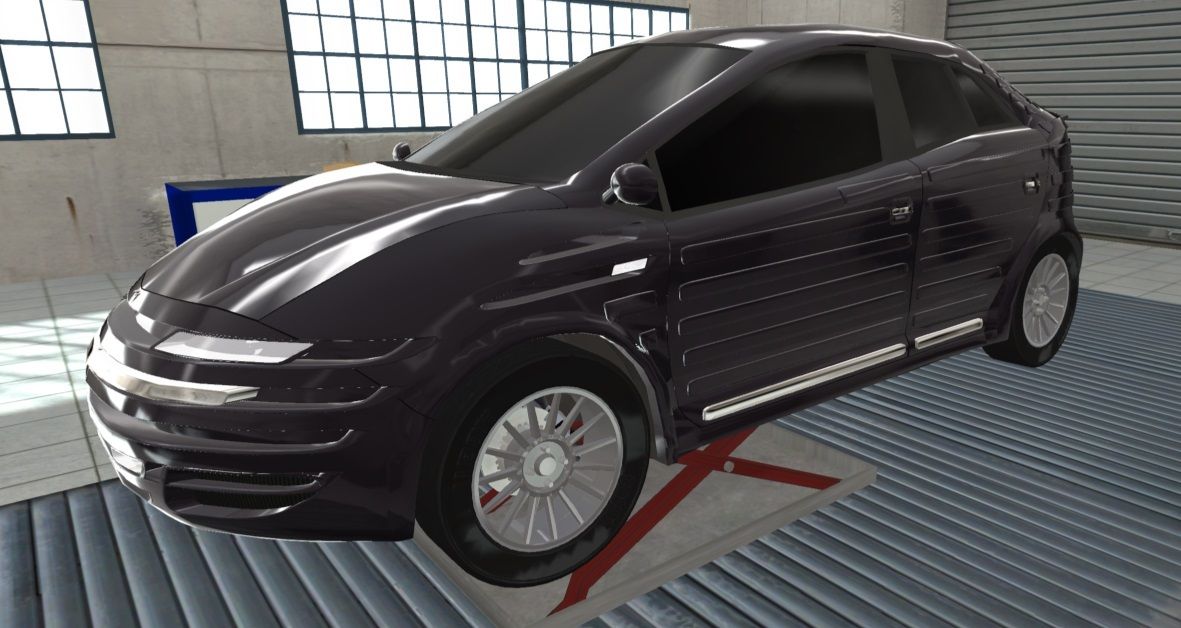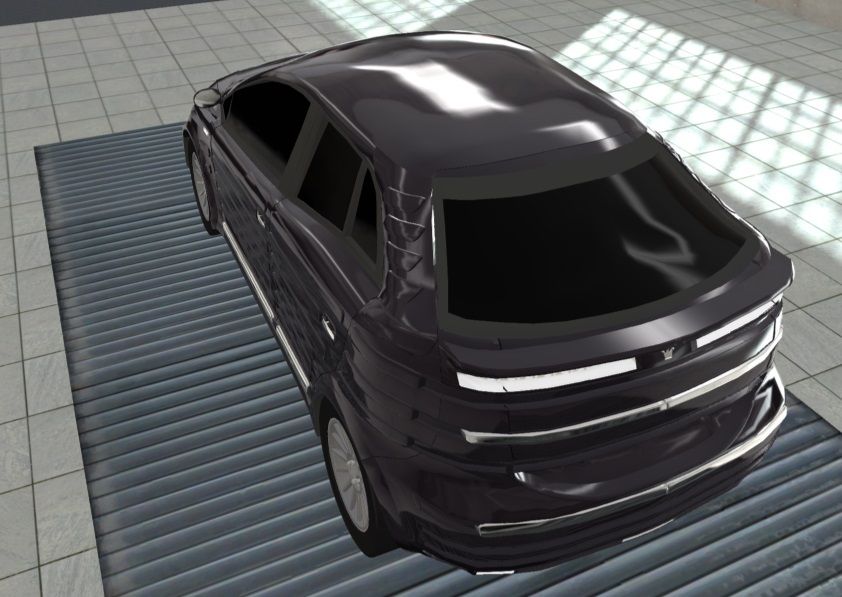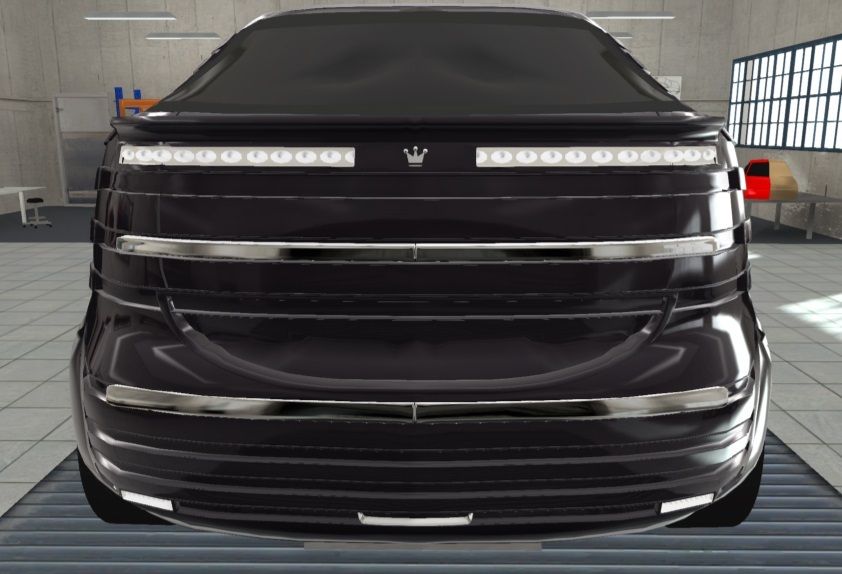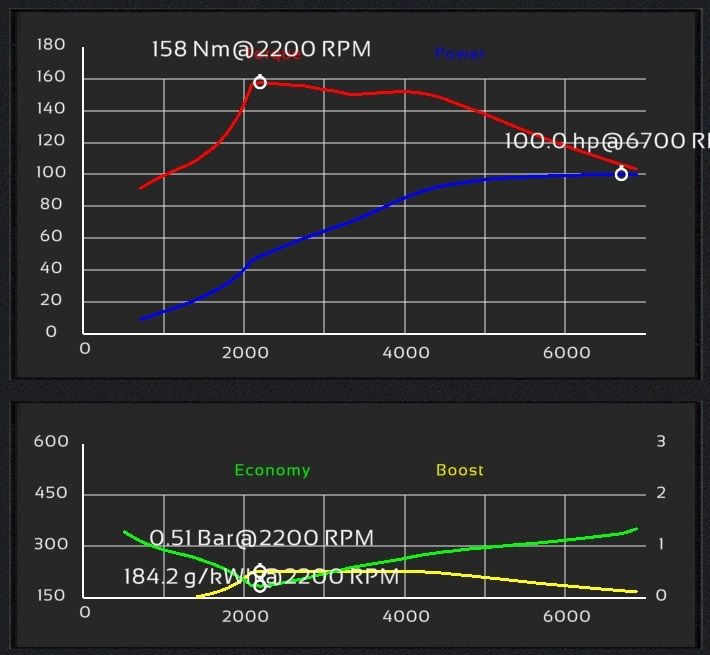J.S.C S.p.A - exclusive sports cars ['91 Predator updated]
For the past two decades JSC had been designing and building racing engines for clients world wide, ranging from
humble one-marque series to highest level single-seater and endurance racing.
The endeavour has been succesfull and with the global economy now blooming, the time has finally come to pursue
the company founder Jean Seli's long-time ambition: that of building a bespoke supercar under his own brand!
(click here for a view on JSC's early history: viewtopic.php?f=35&t=7310&p=100011#p100011)
A recent foray into endurance racing series Interserie as an engine supplier has left JSC something like this sitting in the storage:
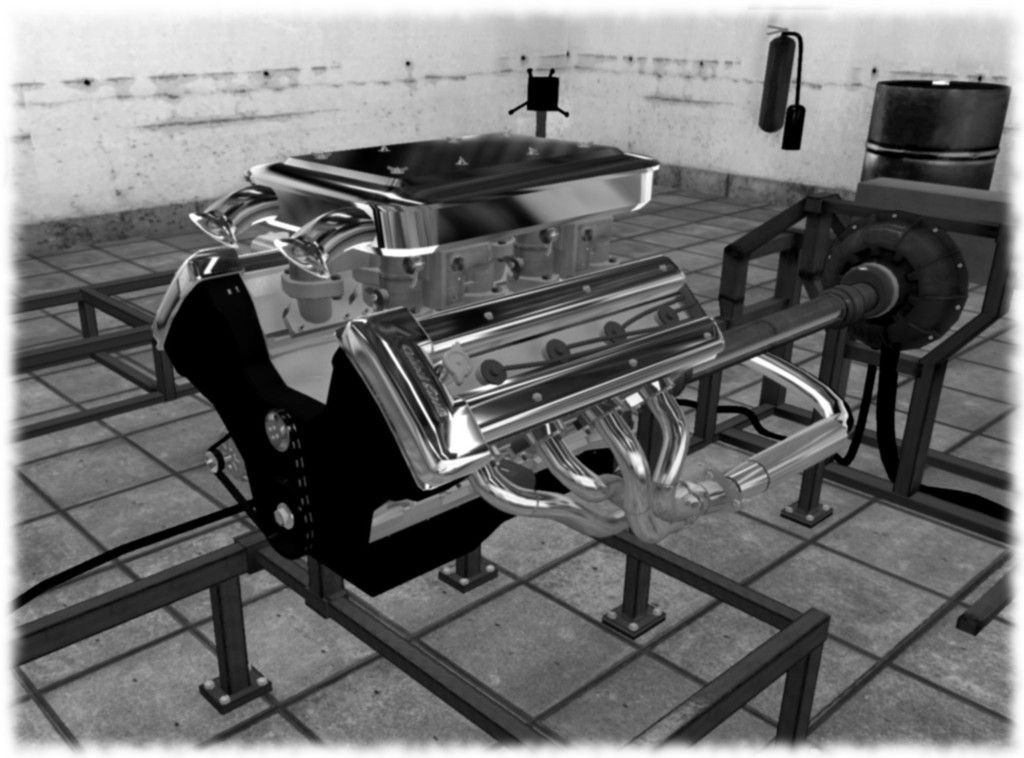
The AB8V42 is a quad-cam all-aluminum V8 with four twin-choke Weber carburettors. Time to put this beast in JSC's own use!
Enter the 1959 Predator 3500 GT!
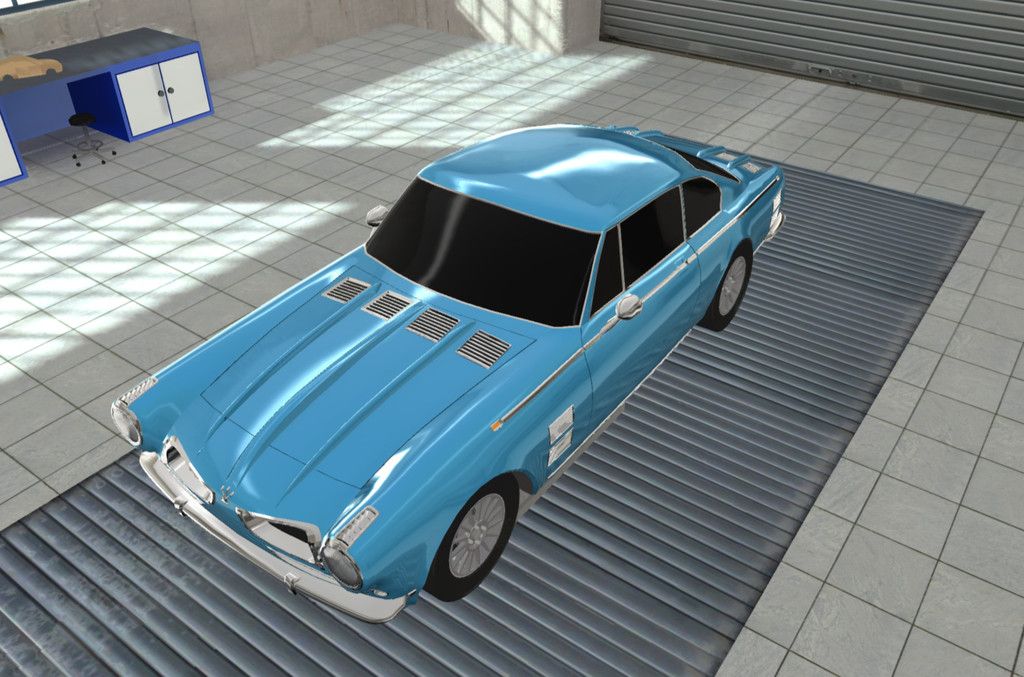
The Predator embodies all the cutting edge technology currently available. It's quad-cam V8 is very light and uses forged internals for high rpm capacity.
The car has power disc brakes all round; experimental halogen headlights, galvanized steel chassis and 4-speed fully synchronized manual gearbox courtesy of Graziano.
The trend-setting bodywork is hand built at Carrozzeria Touring Superleggera, using high grade aluminum only. The double wishbone suspension also utilizes
100% alloy components and fitted onto the hand-built Borrani light-alloy wheels are Pirelli's brand new radial performance tyres.
After an intensive two years of development, the Predator 3500 GT hits the public roads in August 1959.
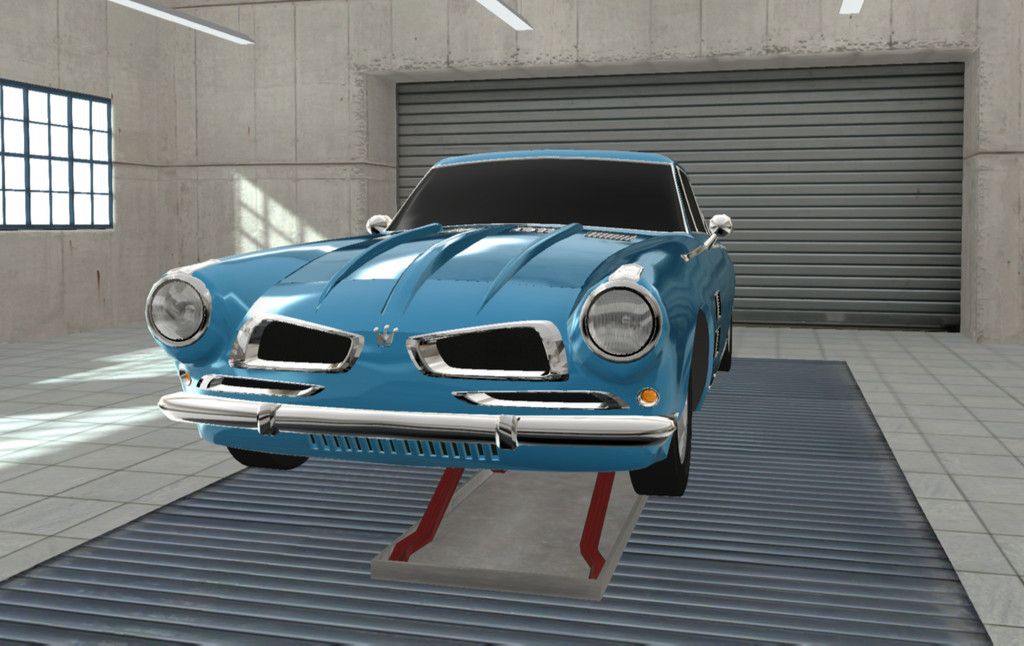

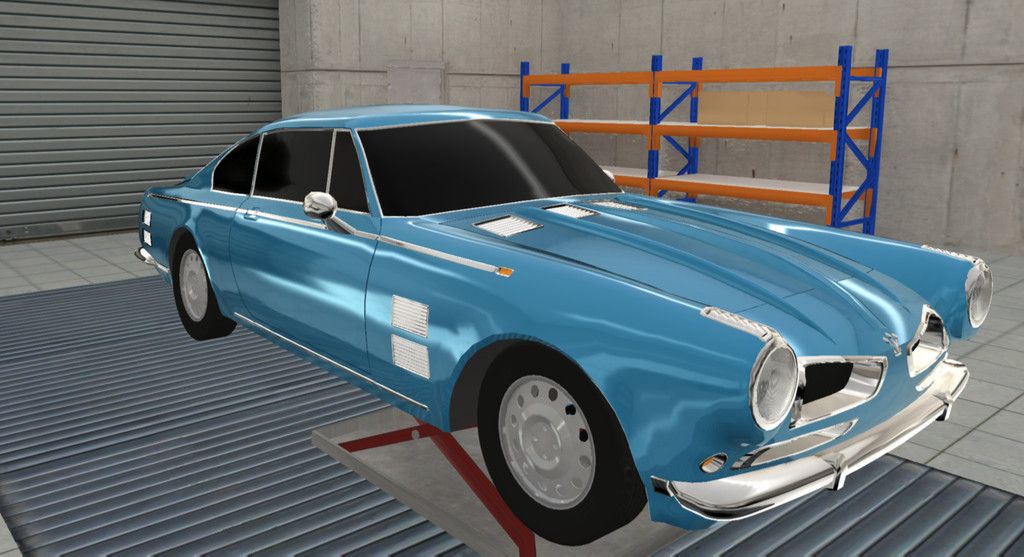
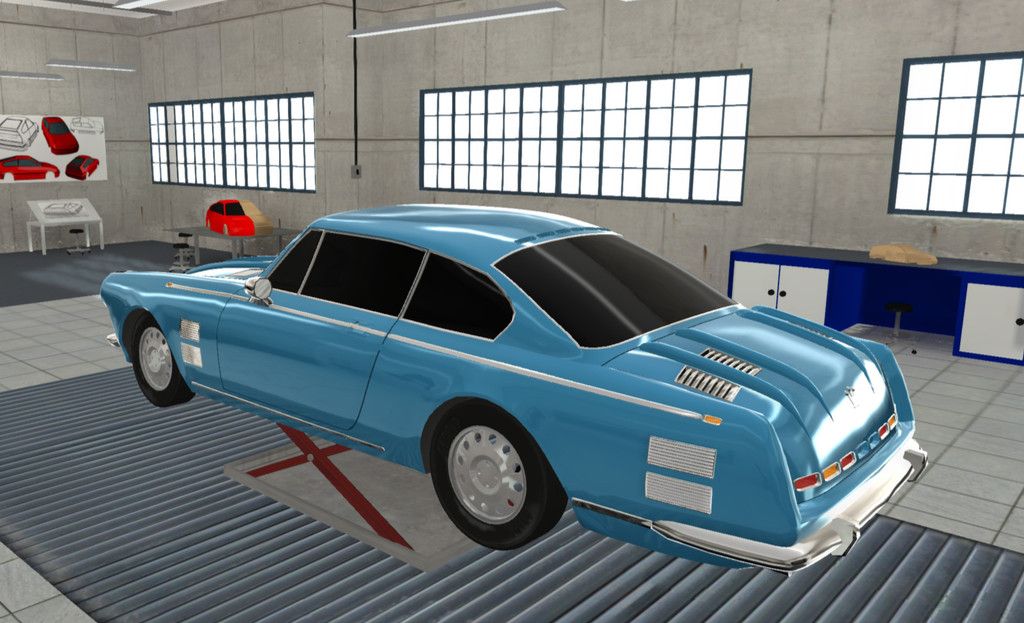
This is no ordinary car. JSC is responding to ever growing interest in high-performance sports cars, and in many racing events, customers racing JSC's engines, have been making wishes like "if only there was a road car with THAT engine...." Now there is. Direct competitors of the Predators will come from the stables of Ferrari, Aston Martin and Maserati, and as future will show, also the likes of Jaguar and Lamborghini. However, the Predator is more exclusive than any of these cars, as production numbers are extremely limited - around 40-50 units a year. According to JSC officials, it will be made sure that the Predator will always stay at the top of the food chain - however not by resorting to any sort of excess, but to cutting edge technologies, highly experienced craftsmanship and careful optimization of the whole car. With these principles, it has been possible to allow the Predator to compete succesfully in both Grand Tourer and Sports Car categories. All this is reflected in the price, of course - the 3500 GT with an average equipment level, costs nearly twice the price of an equivalent Ferrari. But customers are forming a cue outside the main (and only) dealership in Turin....
The Predator 3500 GT's 3.5-liter V8 develops 250 hp at 5800 rpm, and 315 Nm of torque at 5600 rpm running 10.6:1 compression ratio. The car has a top speed of 235 km/h, and can accelerate from 0-100 km/h in 7.3 seconds. 1/4 mile is reached in 15.4 seconds at 161 km/h. Standing 1 km is even more impressive at 27.6 seconds / 191 km/h. The Predator can even decelerate from 100 km/h to zero in 44.6 meters.
Still, the light weight of 1100 kilograms and 50/50 weight distribution (with driver) make the Predator agile around the corners. But being an exotic sports car with a race-derived engine fuel economy is not a strong point: Average consumption is 19 liters per 100 km (12 UKMPG).
One of the key things of success is the flexibility of the AB8V42 engine. It develops class-leading maximum power out of a relatively modest cubic
capacity, but is still able to provide a minimum of 225 Nm of torque (more than the maximum torque of most competitors) all the way from 2200 rpm
to redline. Still, the engine only weighs 200 kilograms, helping the predator achieve a near perfect weight distribution.
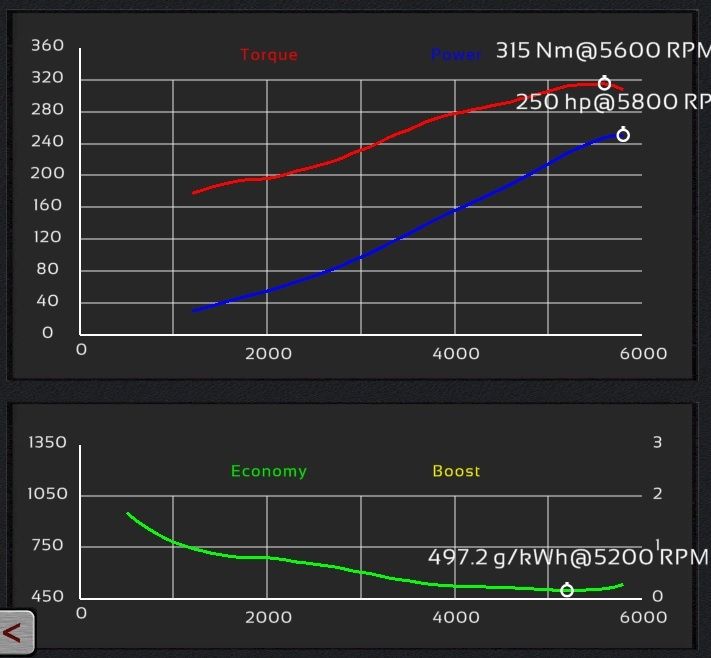
Aimed at the very highest level of sports car performance, JSC has consulted its own racing clientele to co-develop a suspension system that's
equally impressive to the engine: Dual wishbone setup with gas-filled shock absorbers and an anti-roll bar in both ends performs as you would
expect with race-derived fine tuning. Yet the spings and absorbers are kept supple enough to allow relaxed cruising - in this guise, the Predator
isn't expected to win races, remember - it will be quite enough to comprehensively beat all the street-driven competitors!
In the future, we will be discussing the history of JSC-built street cars in more detail, and particularly the various later incarnations of the Predator.
Stay tuned!

J.S.C Automobili S.p.A - Exclusive sports cars since 1959
J.S.C Motori Speciali - My open-source performance engines
Patriot Motor Force - 'Murican Evolutionary muscle cars
My Engine Tuning Video Guides



